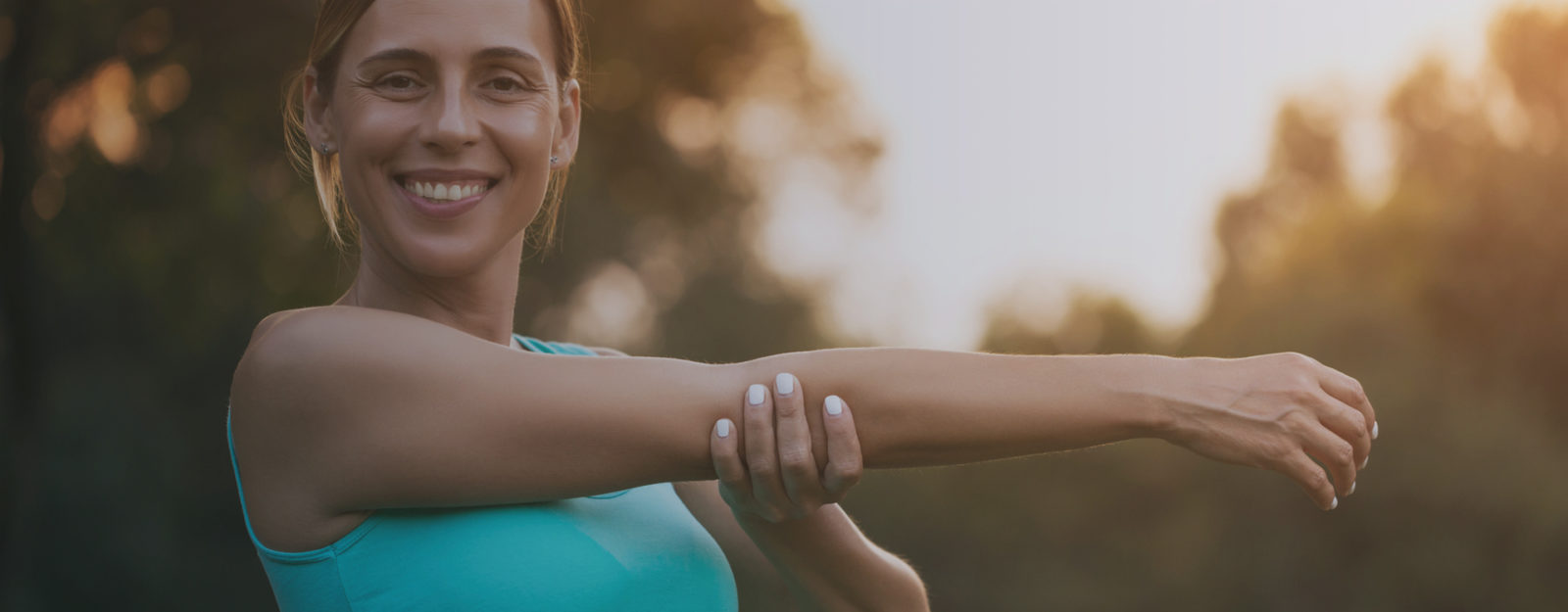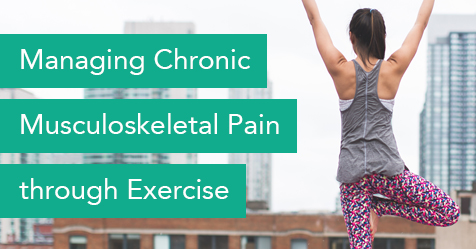
By Andrew Ryan, DPT, 2018 OCS Resident, Salem, OH Center
 Musculoskeletal (MSK) pain affects the bones, muscles, ligaments, tendons, and nerves.
Musculoskeletal (MSK) pain affects the bones, muscles, ligaments, tendons, and nerves.
Low back pain is the most common form, affecting up to 40 percent of Americans. Other common MSK-related pain manifests in necks, knees, and jaws specifically or as widespread body aches.
It hurts plenty of wallets, too: Managing chronic MSK pain cost $65 billion in 2017, according to the National Institutes of Health. This is a big financial burden for patients, families, and the healthcare system.
Given growing concerns about pharmacological interventions for these conditions, there is a greater demand for non-opioid treatment options that are effective, accessible, and affordable.
Tai chi: In clinical trials, tai chi has been effective in the management and improvement of MSK-related pain by improving balance, stability, and quality of life and reducing pain.
Tai chi is a centuries-old Chinese mind-body exercise characterized by slow, rhythmic, coordinated body postures and stretches and meditative breathing techniques. It has been shown to reduce anxiety levels through meditation and improve sleep quality.
Yoga: Another exercise from East Asia, yoga emphasizes mind-body connection through exercise, meditation, and controlled breathing. Yoga is widely adaptable based on the skill level of the participant. The benefits include improved sleep and energy, decreased depression or anxiety, and reduced pain.
Pilates: Similar to yoga, pilates places greater emphasis on increasing core strength and flexibility while maintaining postural control. Pilates is a great way to stay fit and active while reducing the risk of injury because of its focus on proper mechanics rather than endurance, resistance or repetition. One study found that pilates had the same effect as soft tissue massage in reducing pain levels in patients with chronic low back pain.
When our bodies encounter a painful stimulus, our brain releases “happy hormones,” called endogenous endorphins, that bind with a specific receptor in our bodies to decrease the intensity of the pain. But when pain becomes chronic, our bodies may not be able to regulate it.
Tai chi, yoga, and pilates may help regulate chronic pain by activating endorphins to improve mood and reduce pain.
Current research supports the fact that with higher-intensity training there is more of an analgesic effect. However, when high-intensity training is not feasible, lower-intensity exercise programs such as tai chi, yoga, and pilates have been shown to be beneficial.
If these options don’t seem viable or you are unsure where to start in addressing your pain management, you could consult a physical therapist. As a licensed healthcare provider, a PT offers one-on-one skilled care and can develop a personalized exercise program based on your needs and goals.
A PT will ensure that you perform exercises in a correct and safe manner while reducing your pain. Don’t let chronic pain be a factor in your life. It’s time to get moving, reduce your pain, and get back to doing the things that are important to you!
Sources
Hall AM, Maher CG, Lam P, et al. Tai chi exercise for treatment of pain and disability in people with persistent low back pain: a randomized controlled trial. Arthritis Care & Research. 2011;63(11):1576–1583.
Jahnke R, Larkey L, Rogers C, et al. A comprehensive review of health benefits of qigong and tai chi. American Journal of Health Promotion. 2010;24(6):e1–e25.
Zou L, Yeung A, Quan X, Boyden SD, Wang H. A Systematic Review and Meta-Analysis of Mindfulness-Based (Baduanjin) Exercise for Alleviating Musculoskeletal Pain and Improving Sleep Quality in People with Chronic Diseases. International Journal of Environmental Research and Public Health. 2018; 15(2):206.
Koltyn KF, Brellenthin AG, Cook DB, Sehgal N, Hillard C. Mechanisms of Exercise-Induced Hypoalgesia. The journal of pain : official journal of the American Pain Society. 2014;15(12):1294-1304. doi:10.1016/j.jpain.2014.09.006.
Yeh CH, Nojima T, Kuraoka M, Kelsoe G. Germinal center entry not selection of B cells is controlled by peptide-MHCII complex density. Nat Commun. 2018;9(1):928.
Vallath N. Perspectives on Yoga Inputs in the Management of Chronic Pain. Indian Journal of Palliative Care. 2010;16(1):1-7. doi:10.4103/0973-1075.63127.
Wells C, Kolt GS, Marshall P, Hill B, Bialocerkowski A. The Effectiveness of Pilates Exercise in People with Chronic Low Back Pain: A Systematic Review. Hug F, ed. PLoS ONE. 2014;9(7):e100402. doi:10.1371/journal.pone.0100402.
Geneen LJ, Moore RA, Clarke C, Martin D, Colvin LA, Smith BH. Physical activity and exercise for chronic pain in adults: an overview of Cochrane Reviews. The Cochrane Database of Systematic Reviews. 2017;(4):CD011279. doi:10.1002/14651858.CD011279.pub3.